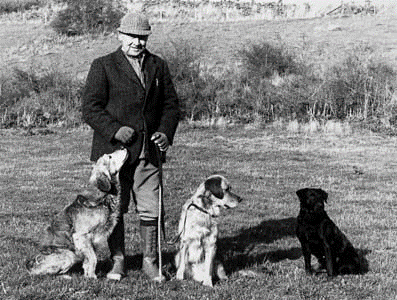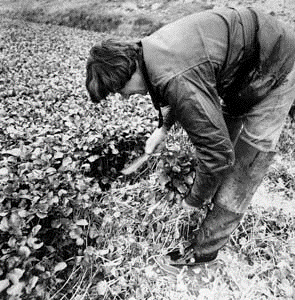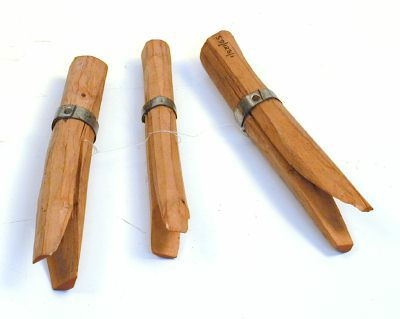Have you ever wondered what where you live, work or walk looked like over half a century ago?
Our Community Engagement Assistant, Xander King, spoke to his grandfather, Roger Maidment, about his time working in Coombe Bissett in the 1950s and '60s and gives us here a flavour of village at that time.
Roger leaves school aged 15 in 1950 to commence work for a building firm in the village. He works there until 1969, leaving only for two years to complete his National Service duties. Roger is involved in some important moments that created the village we see today, including the construction of the village shop and the installation of mains water to domestic properties.
There are fewer houses than you would see today; some large houses scattered around, belonging to landowners and local businessmen, and amongst those are the occasional row of workers' cottages built onto dirt floors with no running water.
Opposite the Fox and Goose pub is a mill with a large barn, where wagons pulled by horses reverse in to deliver grain and collect flour. Next to the mill, you can cross over a brick bridge which will bring you to a detached farm house which belonged to the Kents, who distribute cattle feed throughout the local area.




